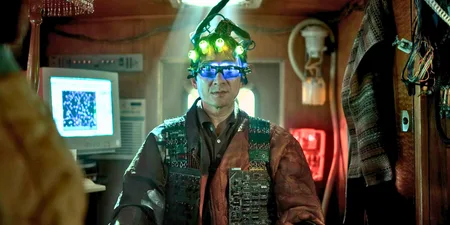The creators of Netflix series Making a Murderer has been accused by viewers for being bias in their approach.
Some have questioned the evidence shown by the series, believing the filmmakers were trying to prove the convicted killer was innocent instead of presenting a more balanced view.
Dean Strang, Avery’s defendant, has now defended Netflix.
Speaking in an interview with The Progressive, he claimed the producers couldn’t have crammed all of the evidence used in the trial into ten episodes.
“The editorial decisions these filmmakers made in taking 200-plus hours of evidence in the Avery case and distilling it to three plus hours on the trial in the film were easily defensible decisions, it seems to me,” Strang explained.
“Not the only decisions you could have made, but easily defensible decisions.”
Likening it to the way newspapers used a 2006 statement made by Ken Kratz which condemned Avery and his nephew Brendan Dassey before the trial had even started, Strang also speaks about the media scrutiny the show has received.
“We live in a country in which every time the police department or a prosecutor wants to issue a press release or hold a press conference, the overwhelming majority of media outlets treat what the police or prosecutors say as received wisdom,” he said.
“There’s almost never a critical examination of what the police or prosecution has to say. Now when one film doesn’t hue to the prosecution line that’s where the criticism falls: ‘You’re imbalanced, or you’re offering an unbalanced view, or you’re displaying hubris.’”
Specifically referring to a piece recently published by The New Yorker by Kathryn Schulz, he is critical of the way in which media outlets simply repeat claims without doing any thorough research.
“It reveals, I think, one of the real weaknesses of our media, to be blunt about it. Right down to the level of Schulz simply parroting this claim of Mr. Kratz that sweat DNA was found on the hood latch of Teresa Halbach’s car as if that’s true, and it isn’t. There is no such thing as sweat DNA.
“There is DNA that may be transferred in sweat or other bodily fluid potentially, if there’s loose epithelial cells sloughing off in your perspiration, but there was no evidence at trial of sweat. There wasn’t even any testing to establish that there wasn’t blood.”
And so it continues…







































